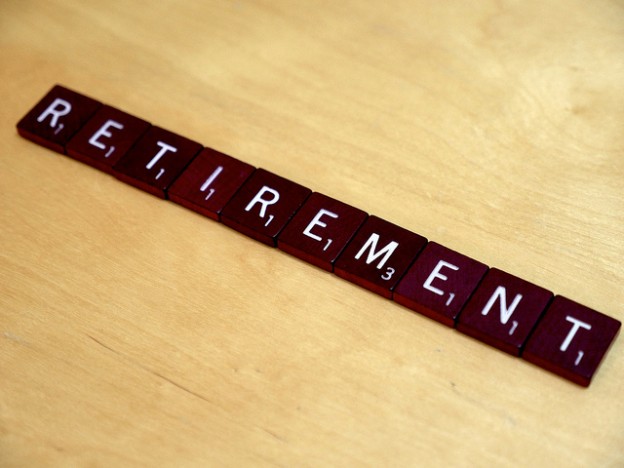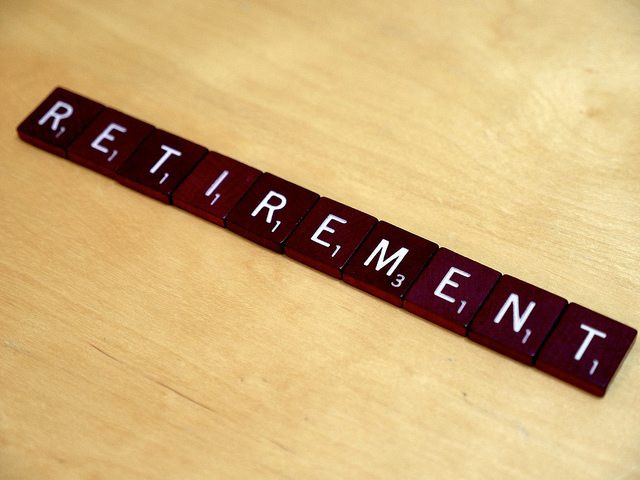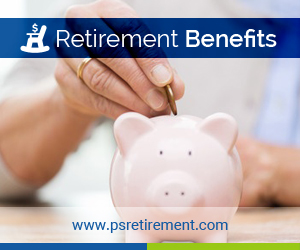Getting Yourself a Pension After Retirement

Most jobs no longer offer pensions, with the last figure being that only 15 percent of working people have some kind of traditional pension plan. This figure excludes federal employees, where that number is much higher, at 75 percent.
The perception that pension plans are better for workers than the now more-common IRAs and 401(k)s is not untrue. 401(k) plans are at the whims of the stock market and subject to an additional slew of regulations and taxes. A traditional pension plan would give you a monthly check, with little to no fuss.
But hope is not lost. You can do a few things yourself, even if you’re already retired, that can help set up an income stream similar to a pension plan with your own investments and other benefits you may be receiving.
The first step is to look at your Social Security, which basically works like a pension program already, albeit a small one. $1,461 a month is the average Social Security payout per individual. This is certainly helpful, but for most people only about half their bills.
The best way to make the most of your Social Security is to put off collecting it as long as possible. 70 is the maximum age you are when you have to start collecting, and only 4 percent of people actually wait that long. The longer you keep working, and put off collecting from this fund, the higher those monthly checks will be when you start to draw from them.
Even then, Social Security isn’t the final answer. The next step should come with your 401(k) or IRA, which you can begin accessing when you hit the age of 59 and a half years old. While it is normally a large chunk of change and yours to do with as you please, it would behoove you to think of it less like a windfall and more like a paycheck, a set amount to pull from, that can fund your personal pension.
Of course, it tends to get a little more complicated the older you get, especially after you reach the 70 and a half-year-old threshold in which you hit the age limit for the required minimum distribution (RMD) where you have to start collecting Social Security.
What happens then is you take your 401(k) accounts and your IRAs and add them up, dividing that number by the life expectancy factor that the IRS has determined (available on their website), so you can figure out how much to pay yourself each month as the years go on. As you get older, the number of years in the life expectancy factor drops, meaning the amount you must take out yourself will rise. Divide this number each year by 12 months, and you can figure out a nice steady pension-like paycheck to give yourself every 30 or so days. Add that to the Social Security paycheck you’ll be getting.
If you require more money, then you can use some of that “pension” to buy mutual funds or another fixed annuity, or possibly refinance your home. There are many things you can do to turn cash into more cash if you’re smart with it, but, generally speaking, there it is the money you are going to spend your golden years with.








